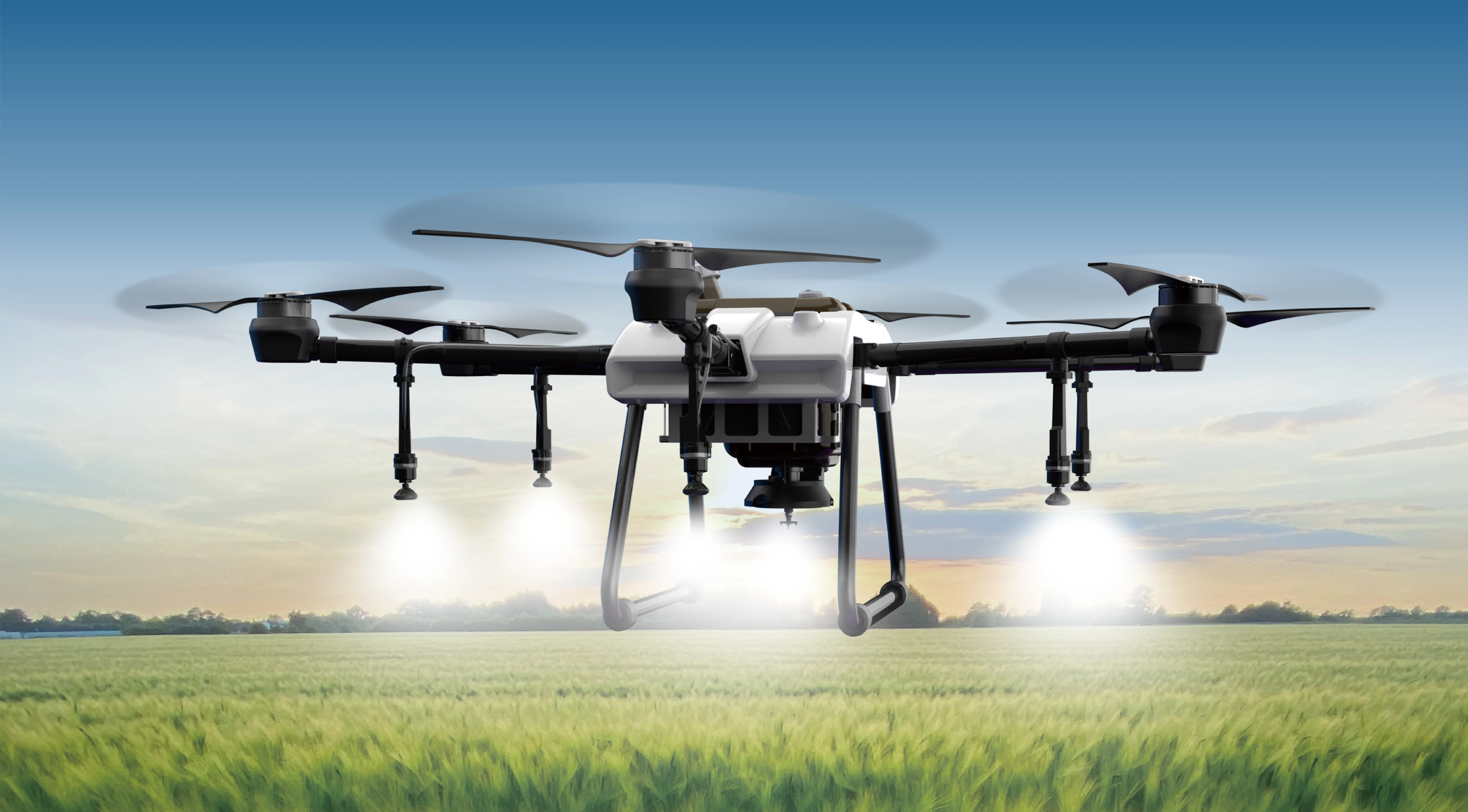Sure! Here's the first part of a soft, engaging article on "gear reduction starter motor." I'll deliver it in the format you specified:

Unveiling the Power Behind Engine Starts: The Gear Reduction Starter Motor
Imagine turning on your car, pushing the ignition, and within moments, the engine roars to life—almost effortlessly. Behind this seemingly simple act lies a marvel of engineering: the gear reduction starter motor. But what makes these motors so remarkably efficient, and why are they increasingly finding their way into automobiles, trucks, and industrial equipment?
At their core, gear reduction starter motors are designed to bridge the gap between the high torque needed to crank engines and the compact size and efficiency desirable in modern machinery. Traditional starter motors are powerful, but they often come with limitations—large size, high current draw, and sometimes slow startup times. Gear reduction starters, however, use an innovative approach to mitigate these issues.
The key concept here is mechanical advantage, achieved through a carefully designed gear train that reduces the rotational speed of the motor's armature while increasing the torque transmitted to the engine's flywheel. Think of it like a bicycle gear: shifting gears allows you to pedal with less effort while covering more ground. Similarly, gear reduction in starter motors makes the motor's effort more effective.
In a typical gear reduction starter, a small but high-speed electric motor is coupled with a set of gears—often a planetary gear system—that reduce the output rotation speed before delivering it to the starter pinion. This reduction in rotational speed translates directly into increased torque, giving the starter enough muscle to turn over large engines.
This setup offers multiple benefits. First, because the motor operates at higher speeds with lower torque, it can be smaller, lighter, and more energy-efficient. Second, increased torque at the flywheel means faster engine starts, which reduces wear and tear on starter components and the engine itself. Lastly, the design lends itself well to cold weather starts where engine viscosity and resistance are higher, requiring more torque to get things moving.
But what exactly makes gear reduction starter motors more suitable than their traditional counterparts? The answer lies in the way they optimize the power transmission process. By leveraging gear ratios, these starters amplify the motor’s torque without necessitating a larger motor—saving space and weight while still delivering the punch needed to crank stubborn engines.
The evolution of gear reduction starter motors is also intertwined with advances in materials and manufacturing precision. Modern gear materials like hardened steel or composite alloys reduce wear and extend life spans considerably. Precise gear manufacturing ensures smooth engagement, minimal backlash, and silent operation, making them more appealing for everyday use.
In practical applications, gear reduction starter motors are now standard in many automobiles, especially in diesel engines that demand higher starting torque. Heavy-duty trucks, construction equipment, and ships also benefit from the durability and power density that these motors provide.
Yet, despite their many advantages, gear reduction starters are not without their nuances. The gear train introduces additional complexity and potential for wear, which requires thoughtful design and maintenance. Proper lubrication and high-quality gear materials are critical to ensuring longevity. Also, understanding the gear ratios allows engineers and technicians to fine-tune performance for specific engine sizes and requirements.
In the next section, we’ll delve deeper into the architecture of gear reduction starter motors, explore their operation, and look at how they’re transforming engine starting technology in a variety of industries. We will also touch on future innovations that could further enhance their efficiency and lifespan.
Stay tuned—you’ll discover why the gear reduction starter motor is truly a marvel of modern engineering.
Kpower has delivered professional drive system solutions to over 500 enterprise clients globally with products covering various fields such as Smart Home Systems, Automatic Electronics, Robotics, Precision Agriculture, Drones, and Industrial Automation.




































